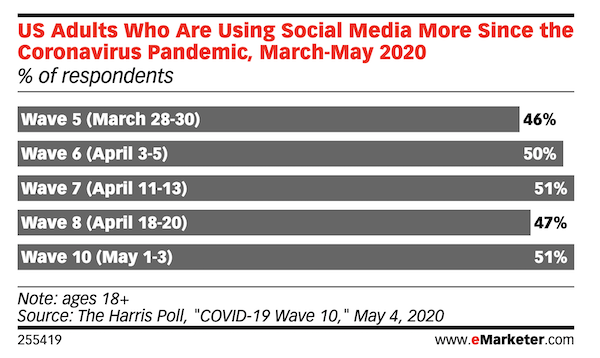Walmart, on the other hand, has kept its Walmart+ program at per year. It recently announced a partnership with Paramount for a streaming service to Walmart+ members: a Paramount+ Essential subscription (with advertisements) at no extra cost.
New Holiday FBA Fees
Amazon recently announced it is raising fees for Fulfillment by Amazon sellers during the holiday shopping season as it struggles with rising costs. From October 15 through January 14, sellers who use FBA will pay a 35-cent surcharge per item sold in the U.S. or Canada. This is the first time Amazon has increased seller fees for the holidays.
The company told sellers in an email that it is implementing the surcharge because “…expenses are reaching new heights.” It is the second new fee levied on merchants this year. In April, Amazon imposed a 5% fuel and inflation surcharge.
Perks Competition

“Ecommerce Briefs” is my occasional series on news and developments that impact online merchants. In this installment, I address Amazon’s holiday fee increase, new Prime benefits, and the company’s ongoing competition with Walmart in subscription services and healthcare.
While Amazon is ending its virtual care program, Walmart announced on September 7 that it would expand virtual healthcare services in 2023. Walmart and healthcare conglomerate UnitedHealth Group are joining forces in a 10-year plan to provide preventive care to seniors 65 and up in certain Medicare Advantage plans and virtual healthcare for all age groups — starting with 15 Walmart Health locations in Florida and Georgia. The program will eventually include other locations.
Two weeks ago, Amazon disclosed that it would shut down its much-heralded telehealth service, Amazon Care, on December 31. The service — which offers virtual urgent care services, free telehealth consults, and in-home visits from nurses — began in 2019 as a pilot program for Amazon employees in Seattle.
Amazon and Walmart will likely continue to compete for subscribers by enriching their respective offerings through 2023.
Amazon is expanding Prime benefits to secure member retention at a time when the number of new subscribers is dwindling. Growth in subscription revenue was 10% in Q2 2022 compared to 30% in the same quarter of 2021. Amazon is attempting to provide more value to Prime members and keep members from leaving. Amazon first offered its Prime subscription in 2005 at annually and remained at that level for years.
Walmart+ members now receive a free Paramount+ Essential subscription.

In August, Amazon announced new perks for its U.S. Prime members. They can now shop for products from certain retailers on the Amazon app and Amazon.com and have the goods delivered the same day to select ZIP codes in more than 10 cities.
Amazon values the perk at . Also in August, Amazon partnered with food delivery firm Grubhub to give Prime members a Grubhub+ membership for one year. Normally the membership costs .99 a month.
Healthcare
The partnerships are with omnichannel apparel merchant Pacsun, health and nutrition retailer GNC, kitchen goods provider Sur La Table, global clothing retailer Superdry, and omnichannel apparel brand Diesel. Brands and retailers selling through Prime will have access to Amazon’s logistics and fulfillment capability in addition to fast delivery to consumers.
In February 2022, Amazon raised the subscription price from 9 to 9. Some members are evaluating whether Prime is still a good value. In April of this year, in a letter to shareholders, Amazon said Prime had more than 200 million members. Consumer Intelligence Research Partners has estimated the number at 172 million.
This past February, the company expanded the virtual offerings nationwide for its employees and also to enterprise companies. However, in a statement to employees announcing the program’s end, the company said Amazon Care “…is not a complete enough offering for the large enterprise customers we have been targeting and wasn’t going to work long-term.” Nevertheless, CEO Andy Jassy has stated that as ecommerce growth slows, Amazon is looking to healthcare for additional revenue.


![Top 30 Best CRO Tools Our Experts Can’t Live Without [2021]](https://research-institute.org/wp-content/uploads/2021/04/what-to-know-before-you-sell-your-small-business-768x432.png)



